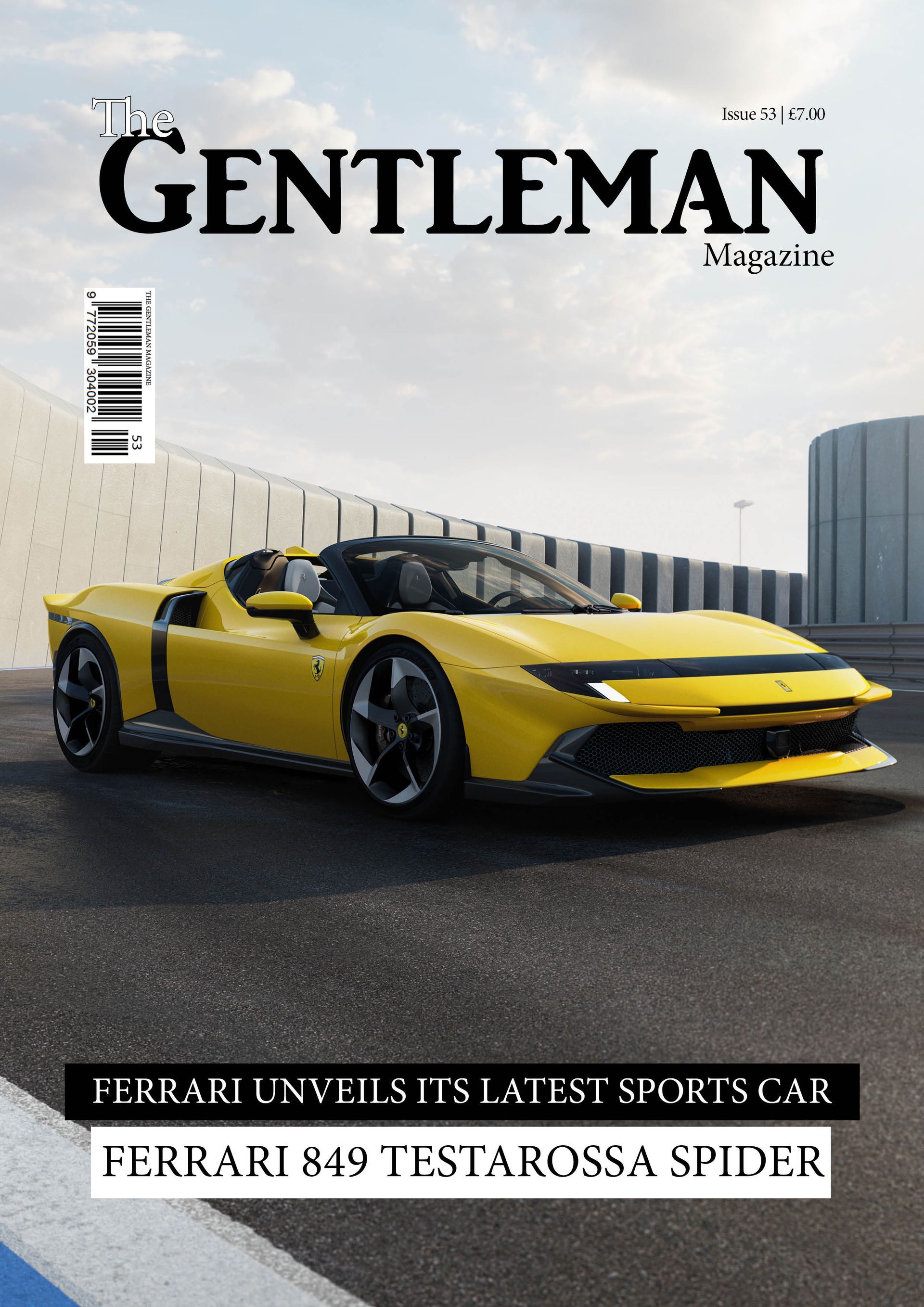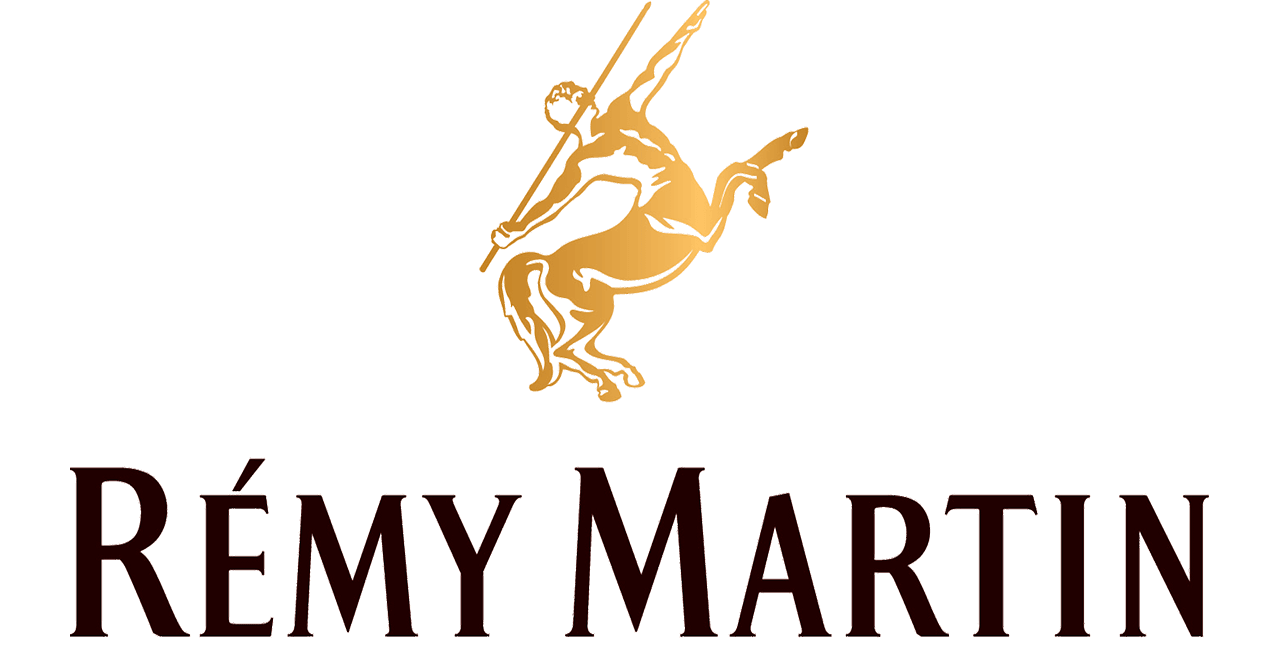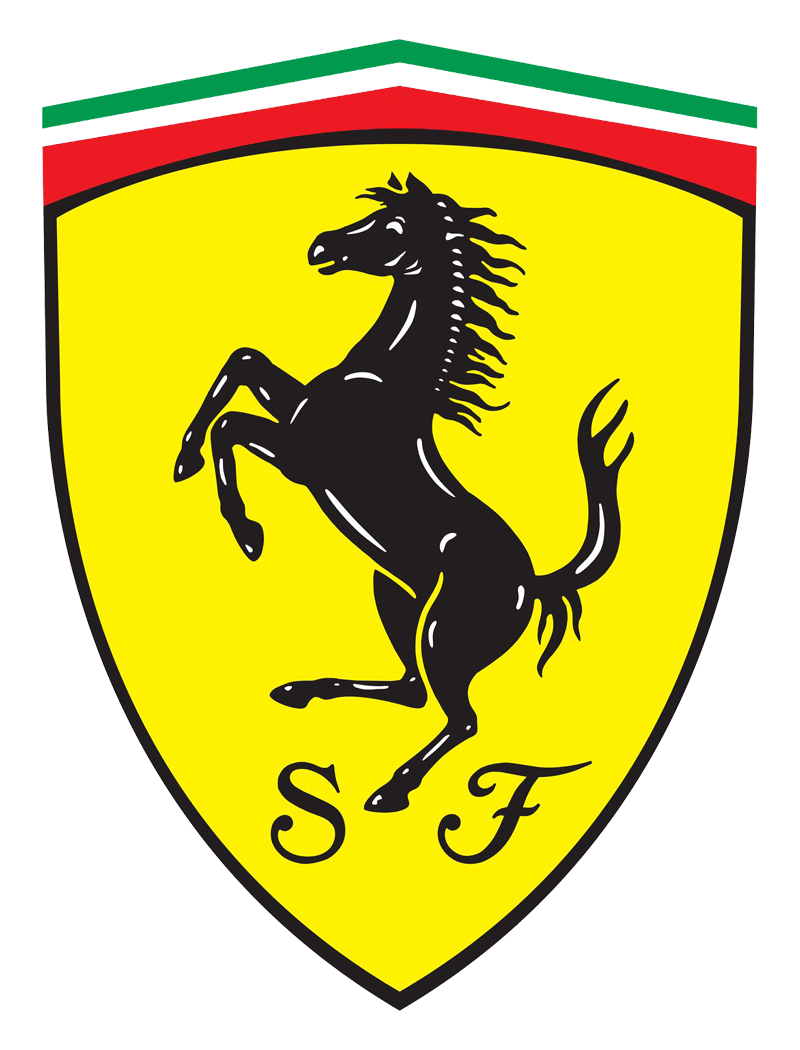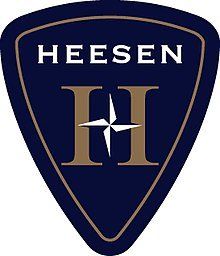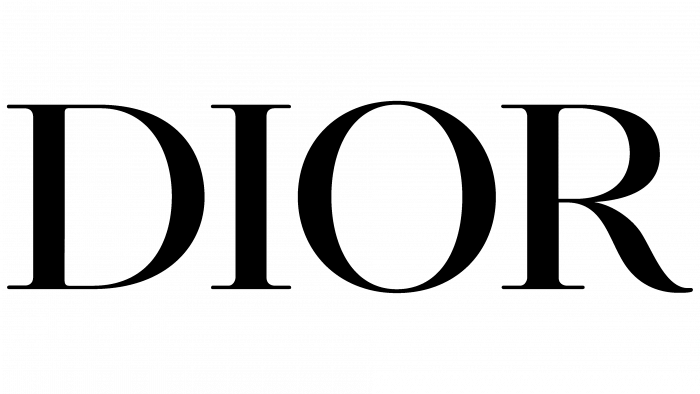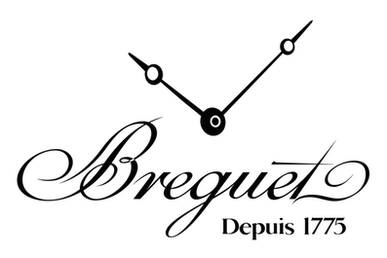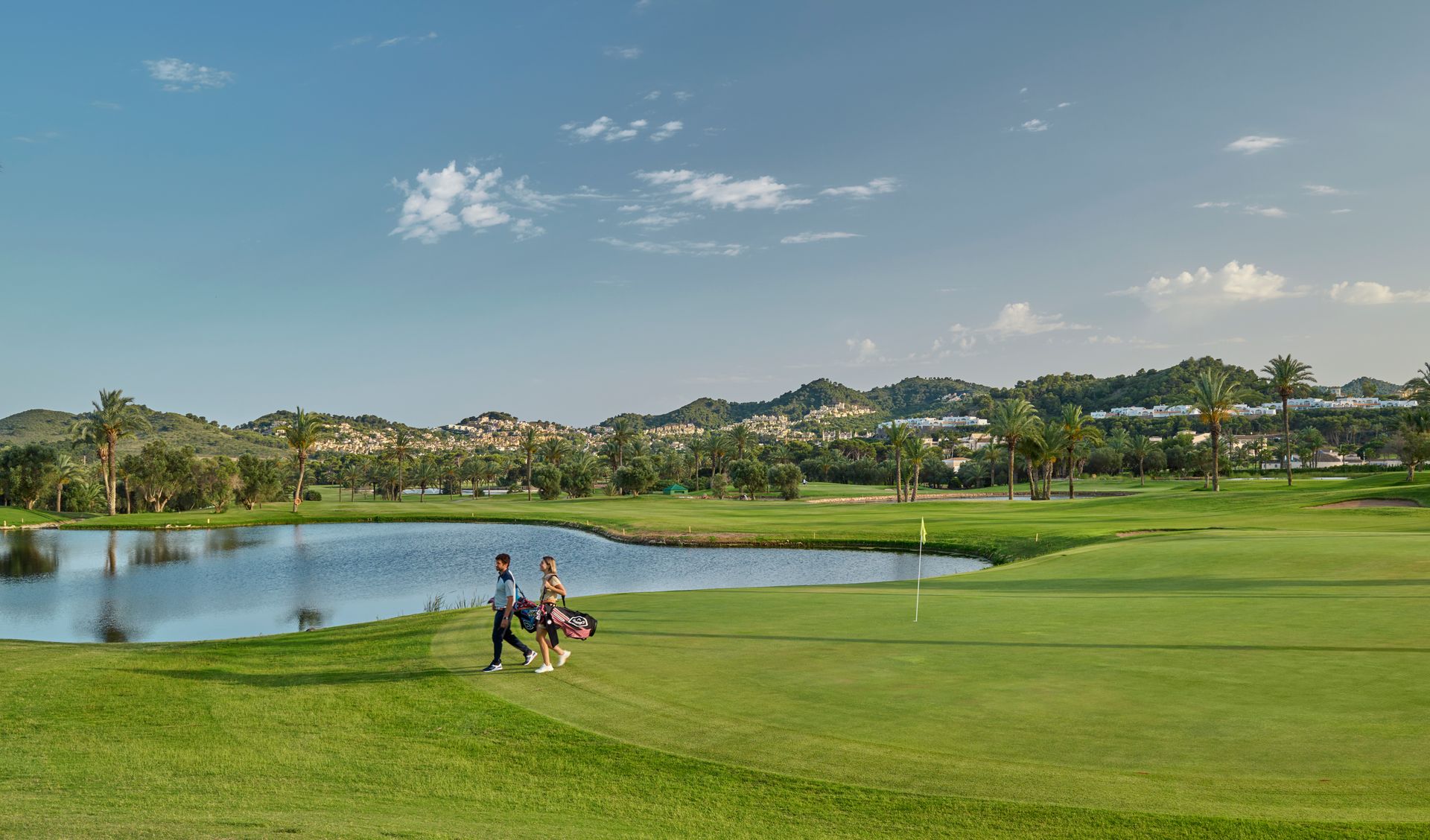
Grand Hyatt La Manga Club Golf & Spa
Host 21st Open Golf Tournament
4th–8th December 2025
The 21st Open La Manga Club Golf Tournament returns this winter to the sun-drenched Mediterranean coast, bringing together passionate amateurs, seasoned club players and discerning travellers for five days of competitive golf, refined hospitality and destination dining at Grand Hyatt La Manga Club Golf & Spa. Set within the 1,400-acre La Manga Club resort and framed by the protected landscapes of Calblanque Natural Park and views across the Mar Menor, the tournament is a highlight of the late-season golfing calendar and a signature celebration of the resort’s sporting heritage.
This year’s edition will once again be staged on La Manga Club’s acclaimed North and South courses, with multiple competition categories designed to welcome golfers of all abilities. Across practice days and official rounds, players can expect first-class course conditioning, professional marshals and scoring, and the easy camaraderie that has defined the Open since its inaugural tee-off more than two decades ago. Off the fairways, the programme blends regional gastronomy and relaxed celebration, culminating in a black-tie Gala Dinner and prizegiving
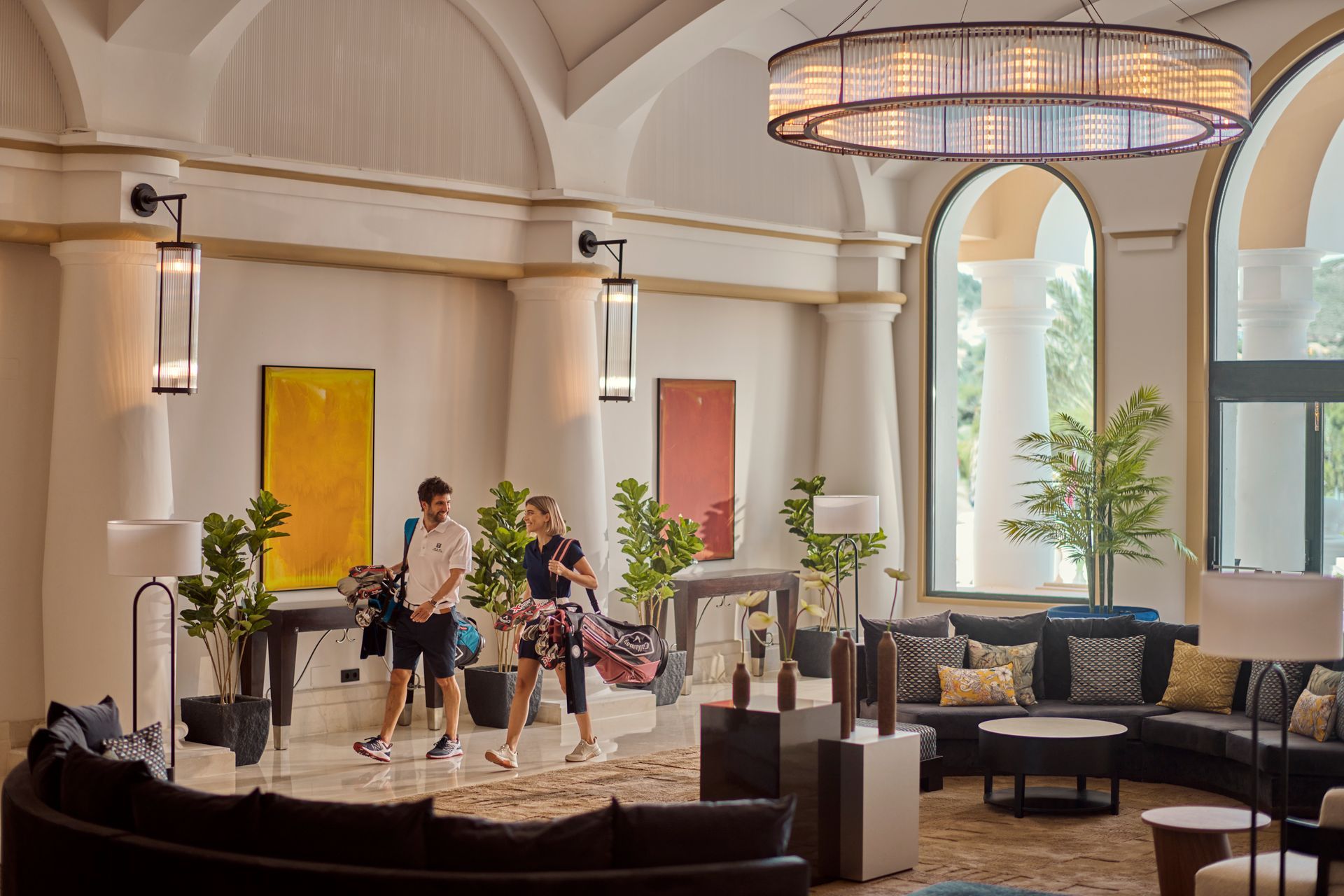
Host venue Grand Hyatt La Manga Club Golf & Spa opened in spring 2023 following an extensive transformation and has rapidly established itself as one of Europe’s leading luxury sport and leisure destinations. The five-star hotel offers 192 elegantly appointed rooms and suites, an 18,298-square-foot wellness centre with subterranean spa, and an adults-only infinity pool for serene downtime between rounds. Families are equally well catered for with interconnecting accommodation, a dedicated family pool, and a kids’ tennis academy that makes the tournament week as appealing for non-golfers as it is for players.
Dining is central to the Grand Hyatt experience, and tournament guests will have their pick of eleven distinctive culinary concepts. From the contemporary gastronomy of Amapola to an intimate izakaya-style sushi bar, the resort’s restaurants showcase Mediterranean produce, global technique and a sense of place. Throughout the week, participants can look forward to regionally inspired menus and convivial moments, including the traditional Caldero del Mar Menor—an emblematic rice dish of the Murcian coast—served as part of the tournament hospitality.
Beyond golf, La Manga Club’s sporting credentials are unmatched. Three 18-hole courses anchor a wider campus that includes a racquets centre, football facilities and access to cricket coaching, allowing guests to cross-train, warm up or simply enjoy the resort’s broader athletic offering. The property’s secluded setting provides the rare combination of championship-level sport, protected natural scenery and effortless access to the cultural riches of Cartagena and the wider Region of Murcia.

The Open La Manga Club Golf Tournament maintains its inclusive spirit with categories aligned to handicap ranges and stableford formats that reward smart course management as much as raw distance. Expect welcome cocktails, a friendly practice round on arrival, official competition days across the North and South championship layouts, curated social events and leisure time to enjoy the spa, pools and dining scene.
Whether you’re chasing a personal best, extending your season in the sunshine or introducing friends and family to one of Europe’s great golf addresses, the 21st edition promises a memorable finish to the year.
Registration and packages
Entries are now open, with accommodation packages at Grand Hyatt La Manga Club Golf & Spa designed for individuals, couples and groups.
Packages typically include tournament entry, practice and competition rounds, access to official social functions and preferential dining options. For full details on registration, accommodation and the tournament schedule, please visit: www.lamangaclub.com/en/sports/golf/open-lmc



